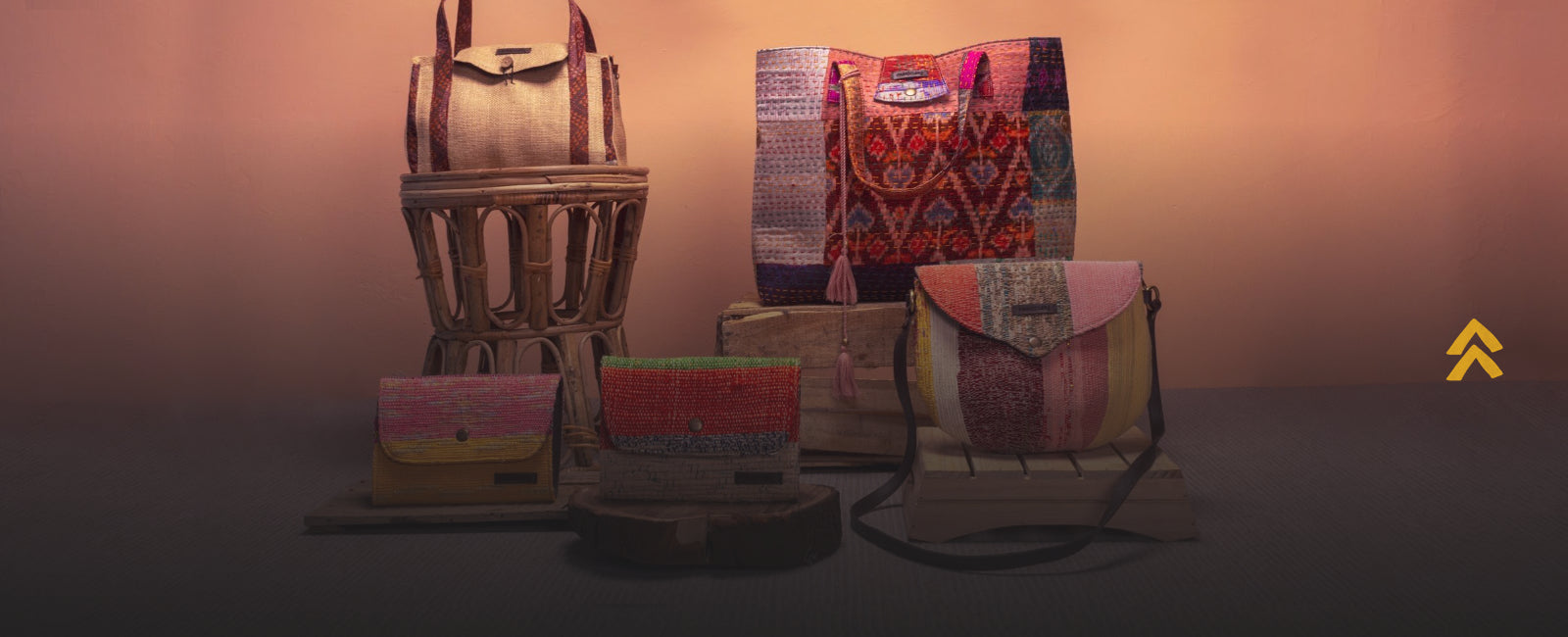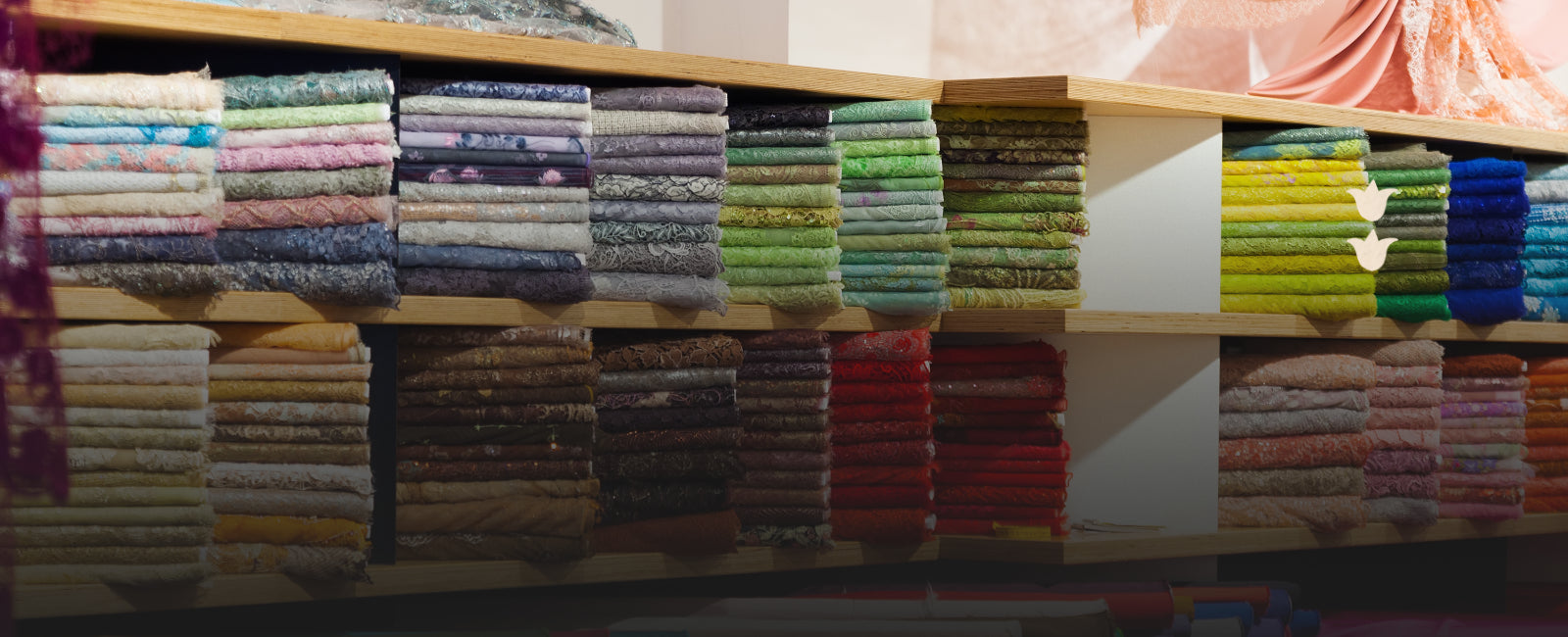Sewing September helped us discover many incredible sewists, & one of them is Leila. We came across her and realized that there is a much bigger world of sewist out there.
We want to celebrate & inspire each one of them, & what's better than sharing their unique experiences & stories. So here is Leila's story of becoming a sewist (and how she made a beautiful shirred dress)
About Leila
My name is Leila and I am a mixed-animal veterinarian, most recently at a large non-profit animal sanctuary in the United States. But now, I am returning to graduate school to work on a Master’s and Ph.D. in wildlife disease studies.
I have always been drawn to problem-solving activities, so it is no surprise that in my free time I picked up sewing and rock climbing. I began sewing in my early teenage years to alter hand-me-down clothes.
Later, during veterinary school, sewing became such a cherished mental health break and I haven’t looked back since. At that time, I started quilting, then slowly incorporated garment-making as I entered clinical practice. Sewing for me is an expression of self-love and creativity, and a time to focus my energy on a task that contrasts veterinary medicine. Ultimately, I love sewing to alter, to create, to quilt, to mend, and to learn
The Fabric & Fabriclore
I chose a hand-blocked banana cotton fabric from Fabriclore. Initially, I was skeptical about the texture and drape of the fabric but once it arrived, I fell deeply in love. The fabric is lightweight and feels almost sheer when light shines through it, but the hand-blocked art and overall color maintain a great tone and overall look.

To collaborate with Fabriclore is a testament to the magic of sewing. When I first (fully) entered the sewing community online just last year, I was blown away at how international the sentiment was, that sewing truly is magical. I have made so many friends all over the world and continue to do so every day. Fabriclore is a lovely community in itself and their interest in spreading awareness of these precious artisan-made products and promoting sustainable practices further emphasize just how special fabrics, textile work, and the art of sewing is to us.
The Patterns & Tutorial
The pattern is not written, instead, it’s a simple tutorial made by the company By Hand London. In their Instagram story highlights is the featured dress, aptly named “shirred dress”, and that is all you need to complete this make! The stories detail what size rectangle blocks to cut depending on your size and desired length; there are four blocks in total (five if you elect to add a ruffled hem at the bottom).

Techniques & Notions
Several techniques are implemented during the construction of this dress, including:

French seams:
A lovely seam finishing method to enclose your raw seam by first sewing the wrong sides together, trimming excess edges off, then sewing right sides together.

Shirring:
Involves using elastic thread in your bobbin and all-purpose thread in your needle. Sewing with an elastic bobbin thread will evenly gather your fabric together and multiple rows of sewing lines will achieve a shaping appearance most often done around the bust, waist, arms, and neckline.

Elastic casings:
A channel on the inside of a garment, made with a strip of fabric, encases an elastic band to keep it in place as well as hide it from view.

Construction
Things to keep in mind when making this dress:
Fabric type:
The weight and texture of your fabric play a big role in how the shirring will turn out. Ideal fabrics for shirring are lightweight with a lot of ease (think voile, double gauze, lawn, challis, banana fiber cotton). These are fabrics that will allow an elastic thread to pinch the fabric together without getting too bulky and also maintain elasticity when you’re not wearing the garment. Try to avoid heavy-weight fabrics such as flannel, canvas, corduroy, and wool.
Elastic thread:
Quality matters. When shirring fabric, make sure the thread can evenly stretch and create gathers as you sew rows of stitching along the fabric. You also want this thread to maintain its elasticity over time (wears and washes).
Machine setting for shirring:
Select a straight stitch option and set the stitch length to 3-4 mm (the longer the length, the more shirring you can accomplish in a row). Make sure you leave enough length (tail ends) at the start and end of your shirring line so the elastic thread doesn’t get pulled back into the fabric. If this happens, you will lose the shirred effect on the ends of your fabric piece.
Tension:
Elastic thread must be hand-wound onto your bobbin reel. Some recommend slightly stretching the thread as you wind it on, while others recommend not stretching it at all. Ultimately, it depends on your machine - so test both with a practice swatch of fabric first. Another troubleshooting area lies in your bobbin tension, this can be tightened if needed to help the elastic thread pull your top thread to the underside of the fabric.
Result

This was such a fun dress to make and the fabric no less added to the wonderful experience. After following along in the making of this dress, do you have any ideas of what you would want to sew up in Banana Cotton Fabric? Share your thoughts in the comments below!




